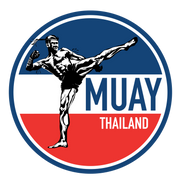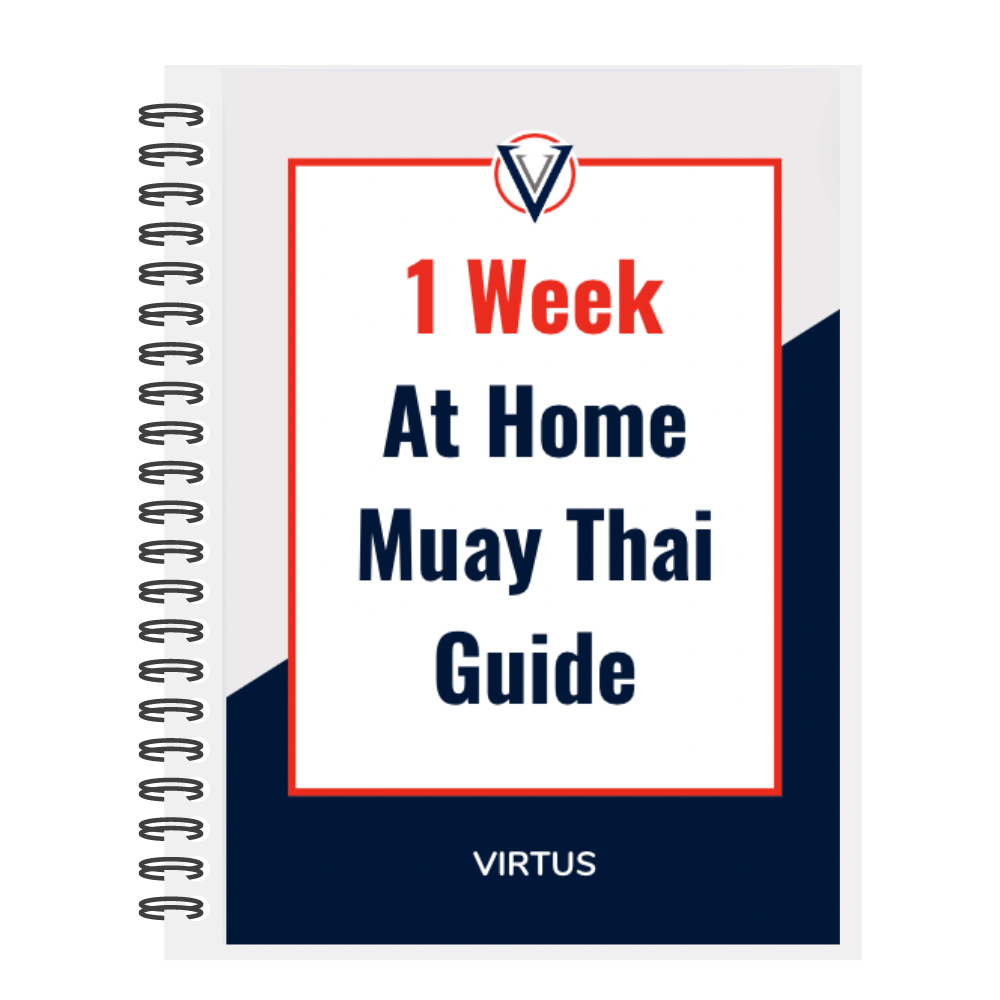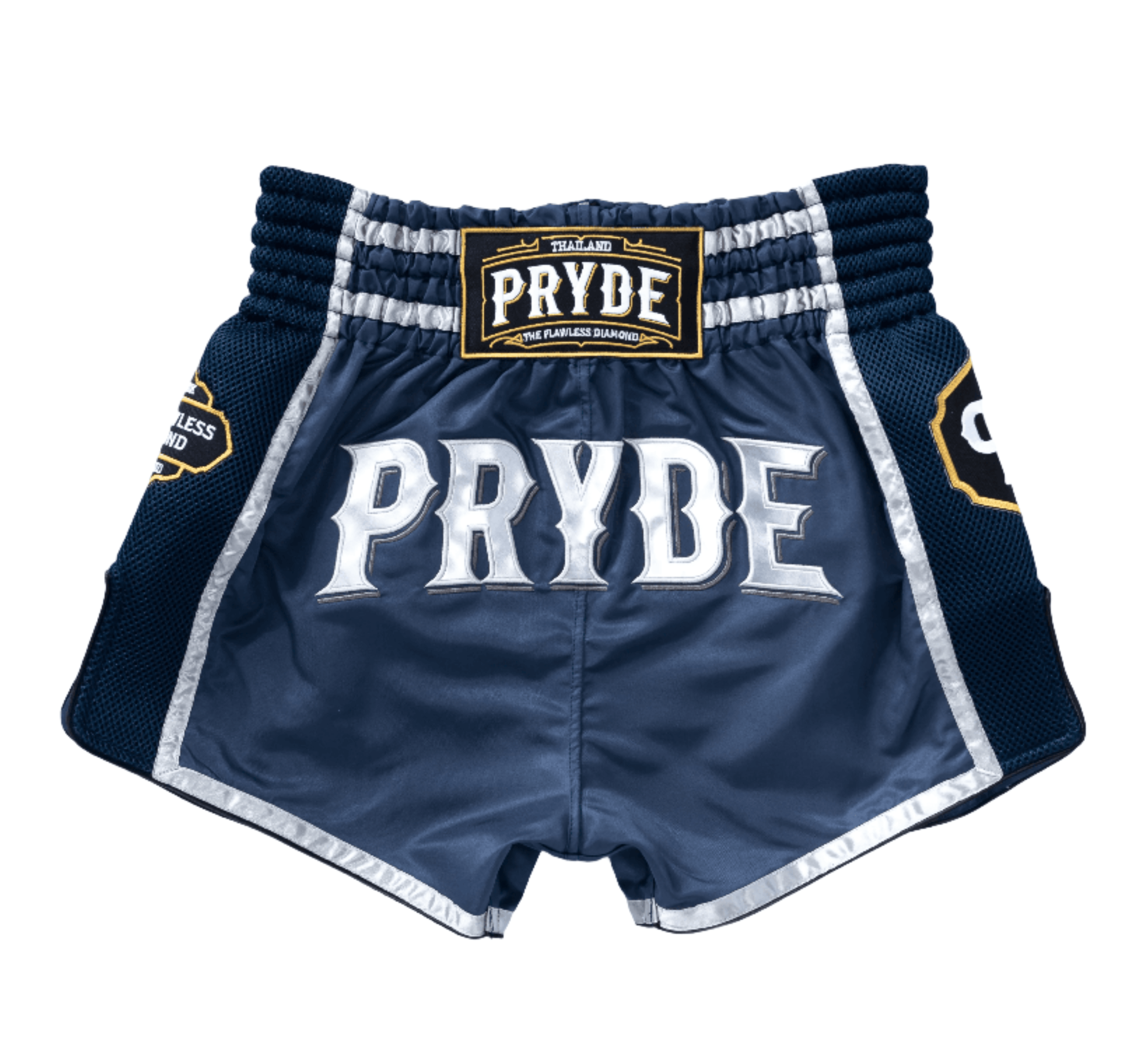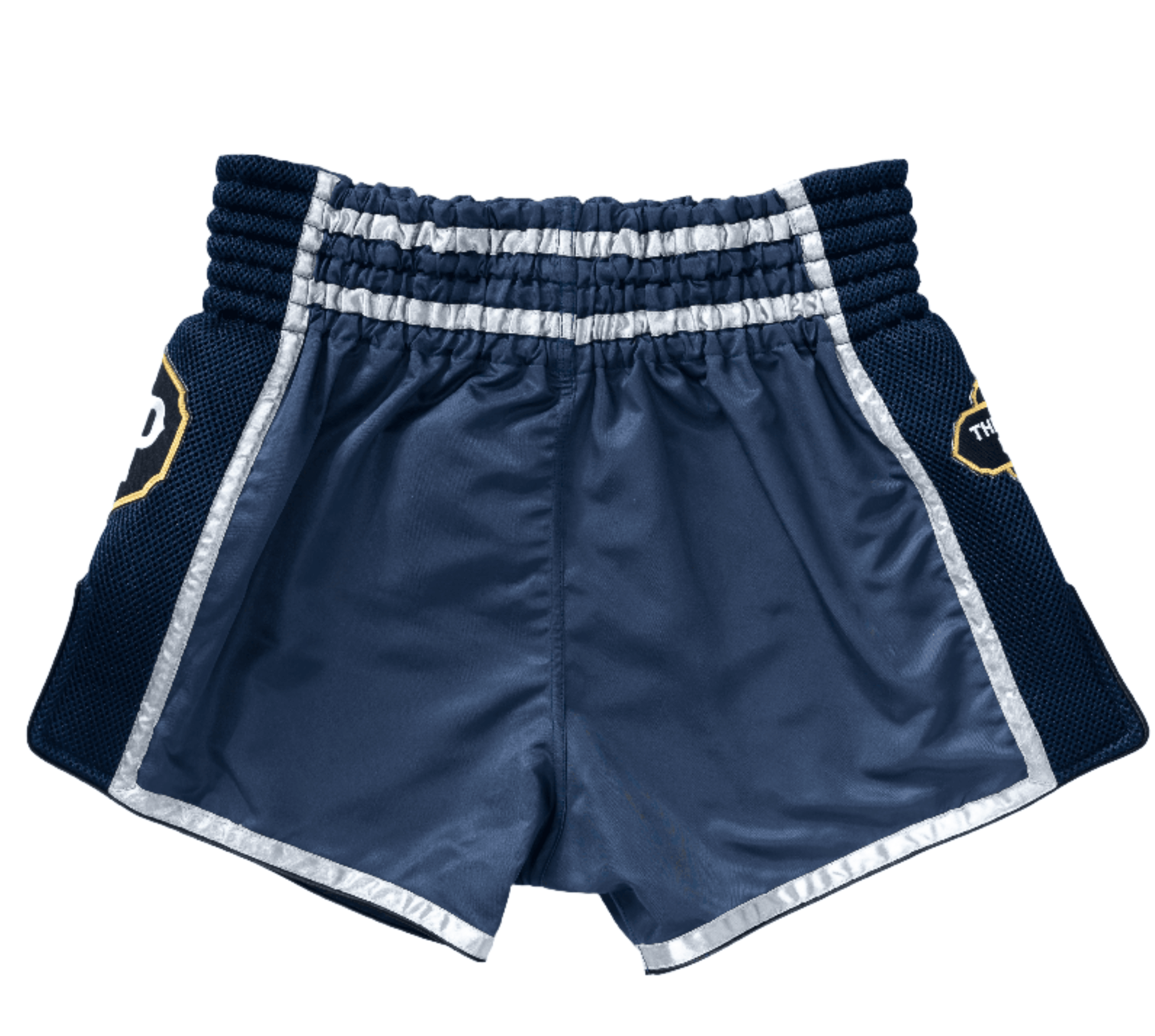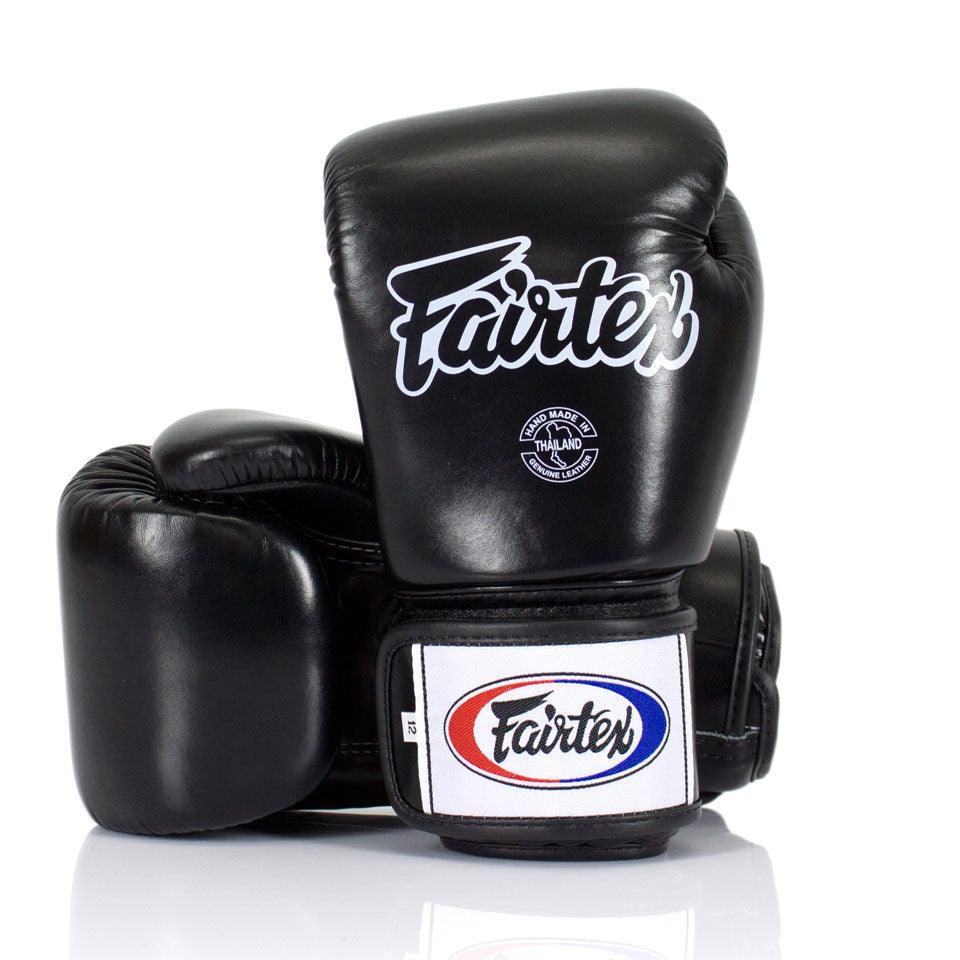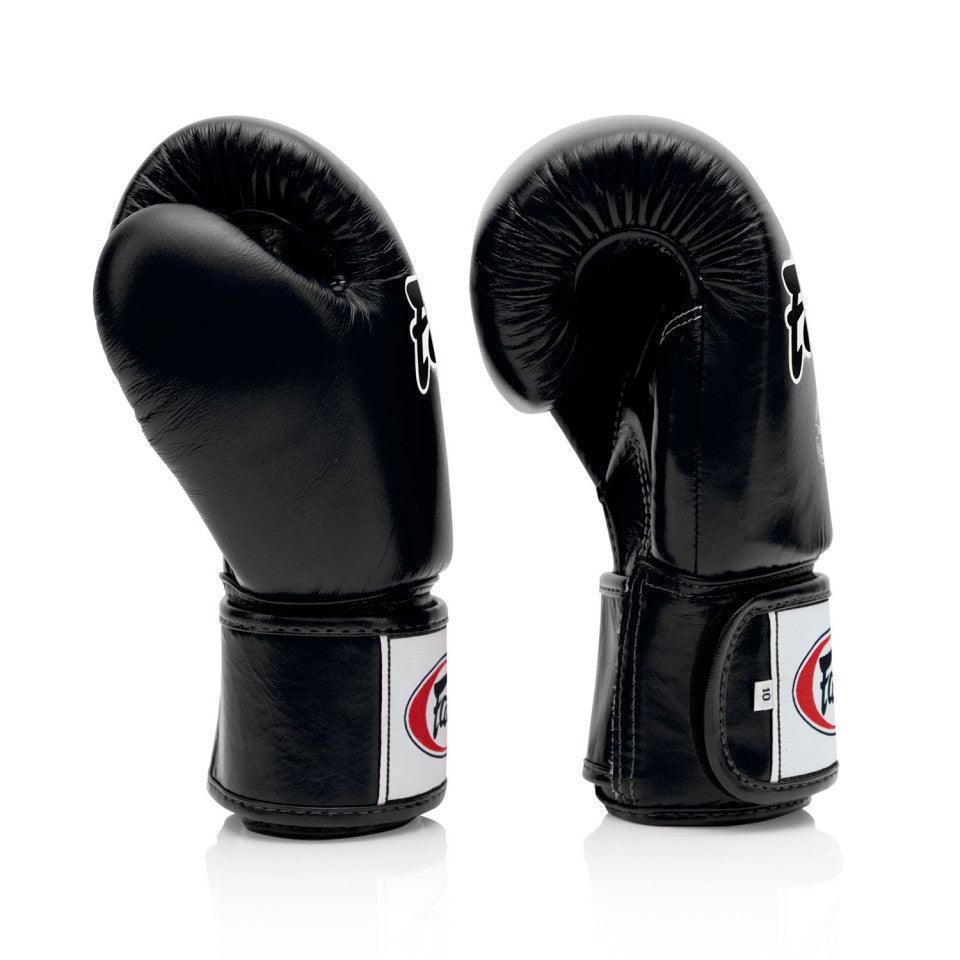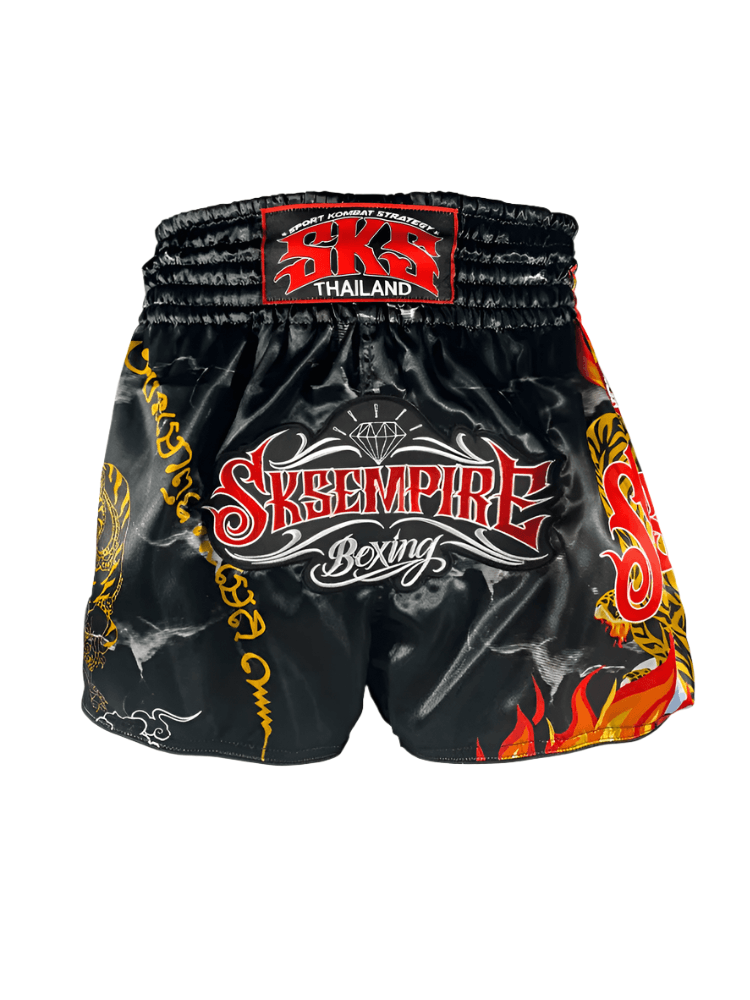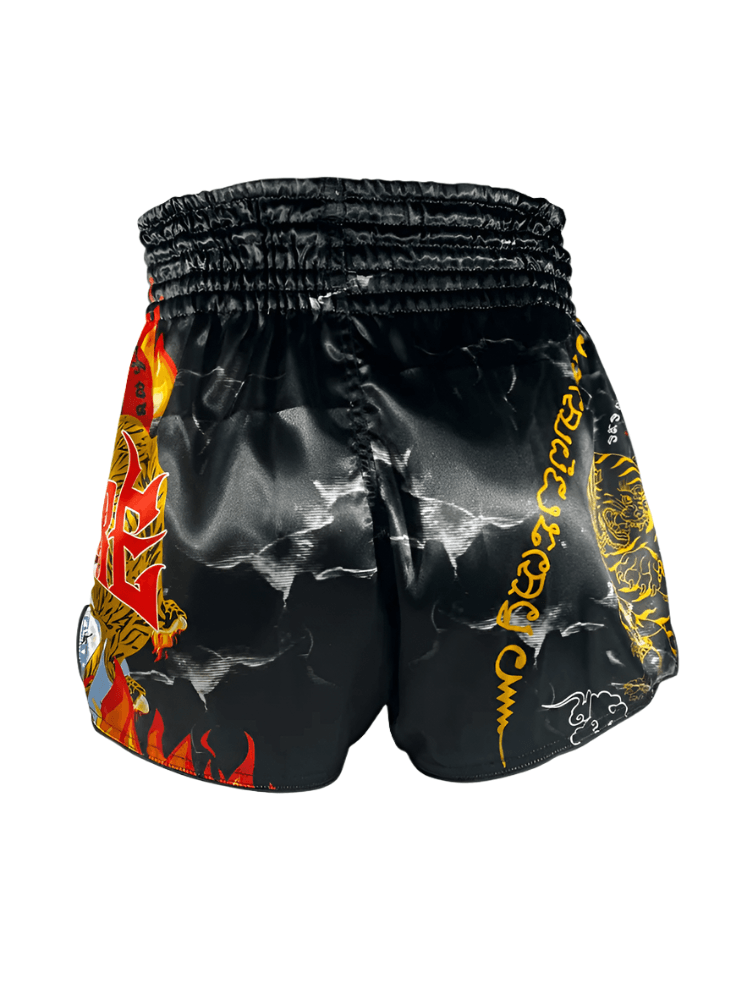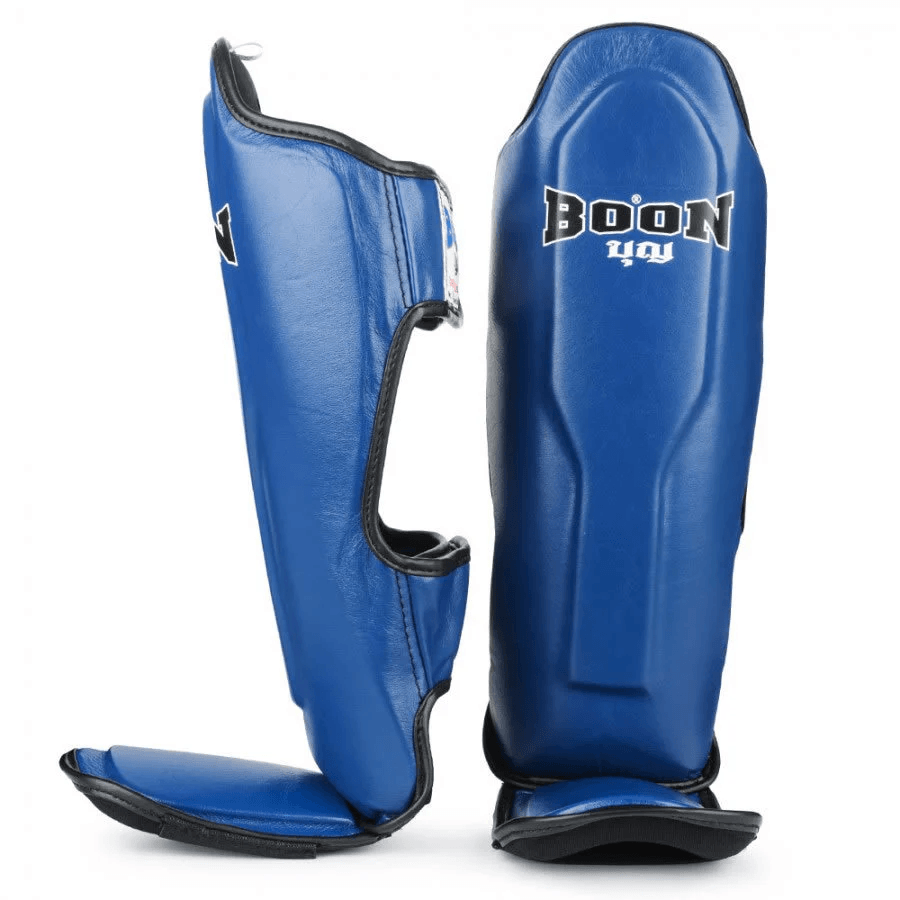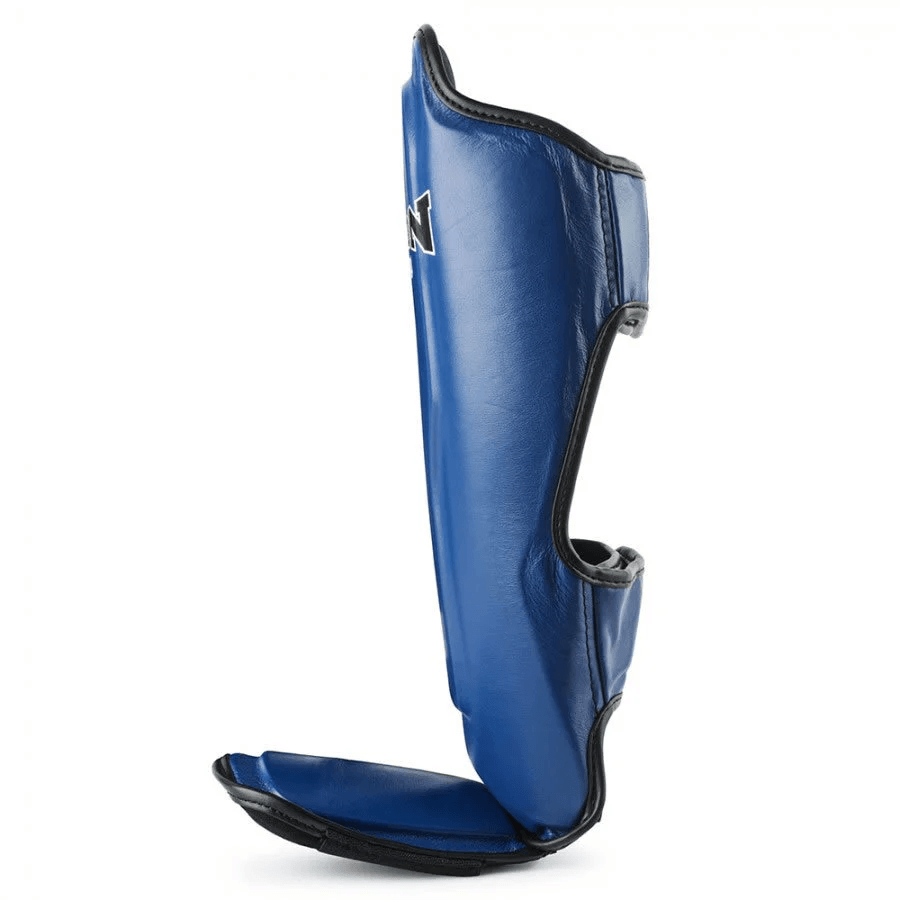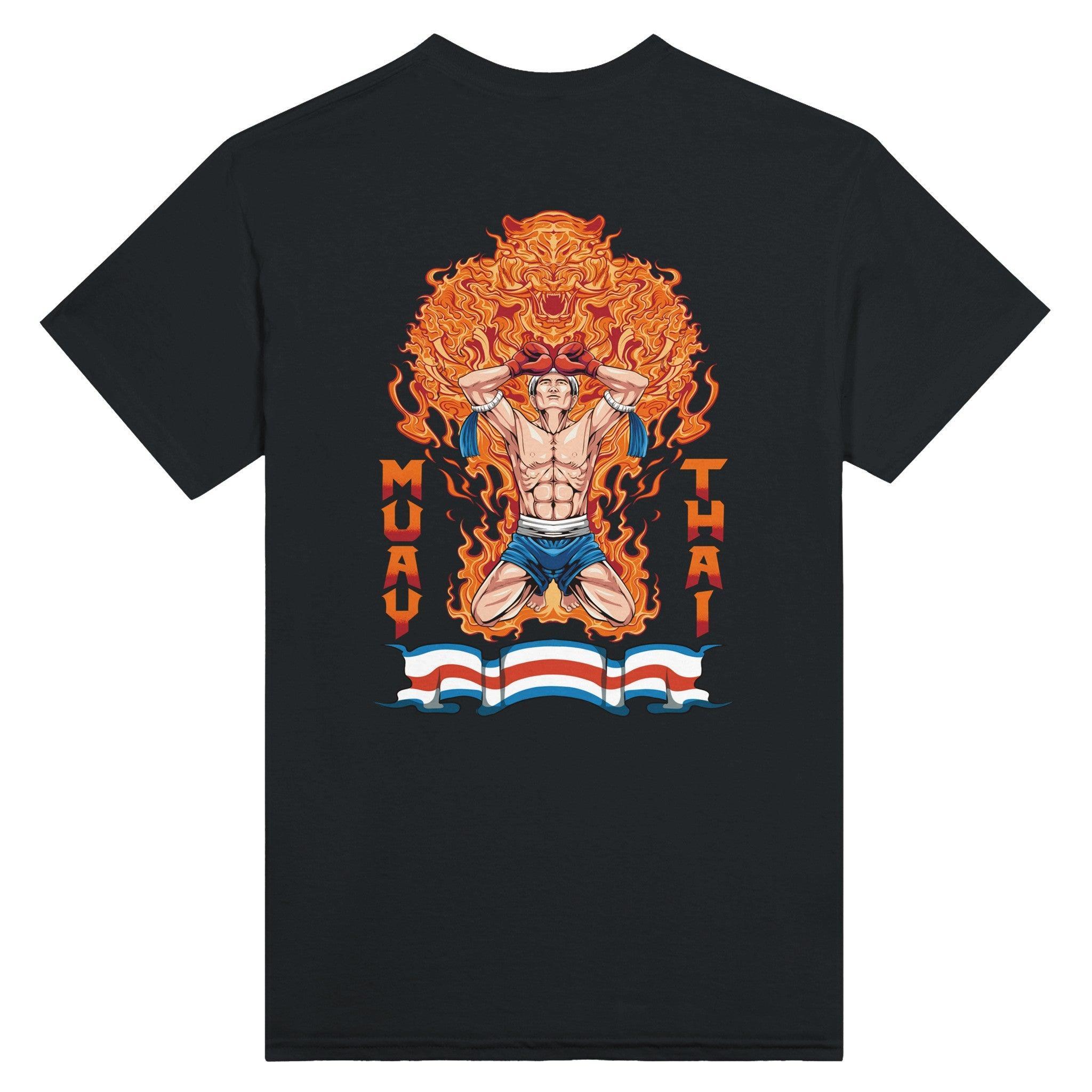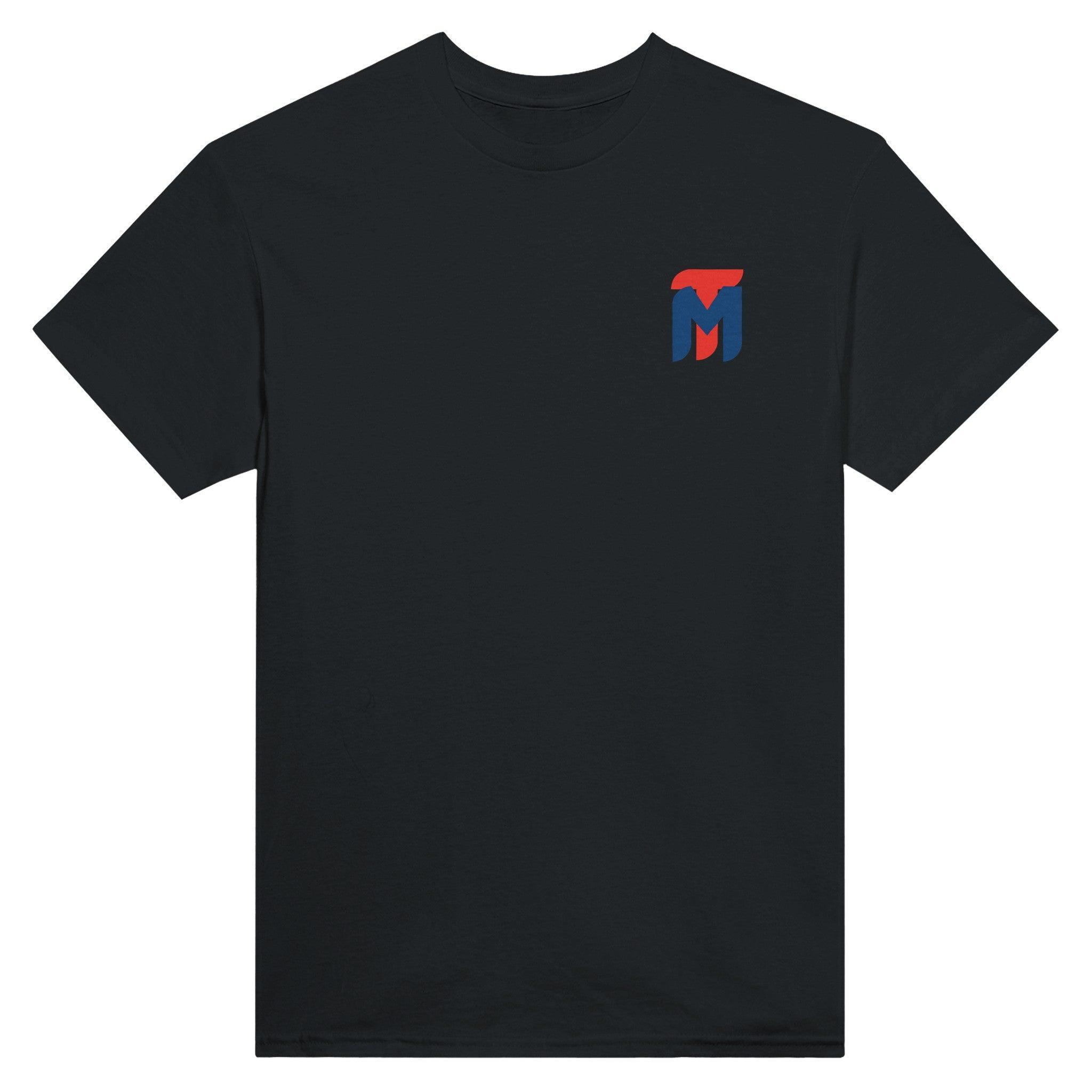Check to kick
This is a common technique. Although, it is actually quite difficult to land the kick flush after checking that of your opponent, not only because it’s so common (and predictable) but because it’s difficult to make the needed motions fluid and fast enough. That said, it is worthwhile learning and mastering as it’s a reliable technique that instils the mindset of immediately countering every time your opponent strikes.
You can practice this purposefully in a variety of ways, including pad-work and drilling. While you could motion the checking and counter while working on the bag, it is important to really check a kick as you need to understand how that impacts your positioning and ability to counter.
Stand in front of your partner and have them throw a kick at either your leg or body. Do not act in anticipation, await the kick to come before you check. Once you check, return a kick (usually with the same leg you checked with) as quickly as possible. This is the basic premise but there are many individual aspects of this that you can practice. For instance, you could focus on doing so for leg kicks at first and then move onto body kicks after a while. You can try in one stance and then switch after honing it. You can also focus on how much of your foot you place down after checking before initiating your own kick. Breaking it down like this and then focusing on improving the individual elements will build your overall proficiency in the technique.
Thai Hop
A potentially confusing and aggressive technique, the Thai hop can be used in various scenarios. It is especially useful for getting close while tricking your opponent into thinking you’re going to throw a kick or knee.
When purposefully practicing the Thai hop, you first need to focus on the motions of the hop itself. Focus on how far you will move forward, how high you will hop and where your hands are while doing so. Recognise how much weight you need to put onto your rear leg depending on the distance you want to hop. Doing so with a bag or partner in front of you can help you judge distance.
Once you have practiced the hop itself to a point that you are confident, balanced and not landing too heavily, look to incorporate a strike after the hop. This is where the purposeful practice diversifies for this technique as there are all sorts of strikes you can throw after the hop and even before (throwing two teeps followed by a hop and elbow or knee is a popular move). Working with a bag or pad-holder is needed at this stage as you want to work on your balance and how powerful your strike(s) is/are after the hop. Working with a pad-holder also helps you understand exactly where you end up after striking, helping you consider what you could do next.
Knee on approach
This technique helps hone your timing and range. Perfecting it makes you a serious threat and will have your opponent consistently cautious about getting close without some sort of distraction. Put simply, it is throwing a long or stabbing knee with power as your opponent encroaches into your range.
Timing and distance are the two key aspects that you will be focusing on here and you can do so via pad-work or drilling. The easiest way to do so is for you to be stationary and your partner to walk/step/approach you and you throw a knee once they get within range (whether that be a long or short knee). You, as the striker, should not move here but simply wait for your opponent to come close enough and then throw your strike immediately as they do. You can practice all types of knees here but be mindful of the different range each knee has and how that will impact your timing.
Build on it by having your partner come in at different speeds and angles. You can also use a switch knee or switch stances and work on the technique that way too. Each variation will develop your timing and range measuring. This drill can then be applied to all other types of strikes too.

Any spinning attack
While all individual strikes in Muay Thai need to be purposefully practiced for hours to master, we feature spinning attacks here because they often require that little more due to the specific motions involved and the exposed position they put you in.
Pad-work and bag-work are the best ways to hone spinning attacks, as you will be single striking repeatedly for an extended period. There’s not much to say on this one as you simply need to stand in front of a bag (or pad-holder) and execute the strike over and over again, being mindful of your balance, footwork and ability to hit the target. Assess each strike, refine, execute, rinse, and repeat. Your pad-holder can be useful in developing your range here too as they can walk into your strikes, forcing you to time them precisely so that you land at the right time and range.
Muay Thai clinch escapes
Depending on your Muay Thai style, you may love, hate or be impartial to the clinch. Either way, it is important that you have a strong clinch foundation, along with an understanding of various clinching techniques, manoeuvres, entries, and escapes. We will focus on escapes here as they can be extremely dangerous, especially if your opponent “allows” you to escape in an attempt to catch you while doing so.
The best way to practice these is by drilling, ideally with individuals of all shapes and sizes (although you can vary partners once you have built some proficiency on a particular escape). There are so many different escapes, each useful in different scenarios and different positions. Therefore, think of 2-3 that you want to focus on at any time and drill them repeatedly. Ideally, have a coach watch you to help with arm/hand/feet positioning as these are key components that you will need to get right as part of your purposeful practice.
Drill, analyse, refine, drill, rinse and repeat. Once you feel you have got the motions nailed, try the escape on a partner of a different size and shape. It is likely that you will need to refine some aspects of your positioning. You may even conclude that an escape is not possible on a particularly sized partner. Either way, you’re analysing and assessing the individual components of the escape, how to apply them, how and when to tweak them and when not to use them at all.
Can anyone benefit from purposeful practice, regardless of skill level?
Yes, purposeful practice can benefit anyone, regardless of their current skill level. It involves focused and deliberate efforts to improve specific aspects of performance, making it an effective strategy for continuous growth and development in any field, including Muay Thai.
Purposeful practice in Muay Thai is a game-changer when it comes to skill development. Whether you are a beginner looking to master the basics or an experienced fighter aiming to refine specific techniques, purposeful practice can take your game to new heights. By focusing on individual aspects like footwork, clinching, or defensive maneuvers with intent and dedication, you can see remarkable improvements in your overall performance. Remember, it's not just about practicing harder but practicing smarter to achieve sustainable growth in your Muay Thai journey.
